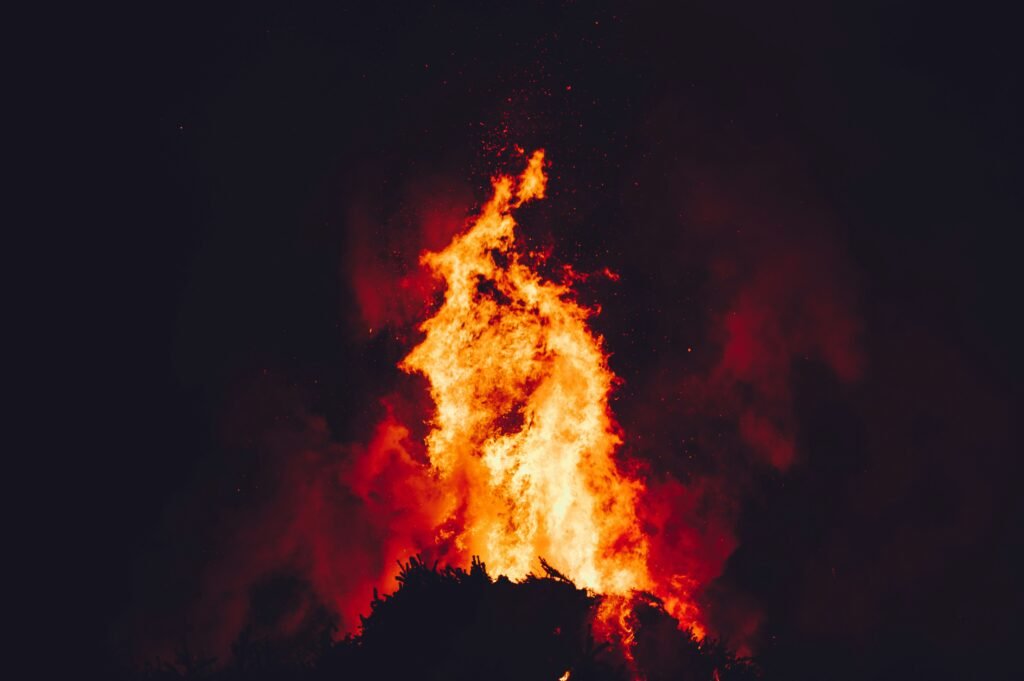News
ChatGPT Prompts Lead to Arrest in Pacific Palisades Fire Case
Investigators have ushered in a new era for crime-solving with the arrest of Jonathan Rinderknecht in connection with the devastating Pacific Palisades fire—using evidence from his very own ChatGPT prompts. What was once thought of as a private dialogue between man and machine has now become central to one of California’s most tragic arson cases.

Unmasking an Arsonist Through AI
As the January 2025 wildfire raged through Pacific Palisades, leaving over 6,000 homes destroyed and twelve lives lost, investigators looked beyond traditional clues. They discovered Rinderknecht had asked ChatGPT months before the fire to generate dystopian images depicting burning cities, fleeing crowds, and a world on fire—details disturbingly close to what would later unfold. These prompts became more than digital artwork; they were a window into the suspect’s mindset and possible intent.
The Digital Trail
Not content with images alone, authorities found even more direct evidence in Rinderknecht’s chat history. Shortly after midnight on January 1, officials say he walked a remote trail after finishing an Uber ride, then set the initial blaze. Around the same time, he queried ChatGPT: “Are you at fault if a fire is ignited because of your cigarettes?”—seemingly searching for a legal loophole or trying to create an innocent explanation. This, added to location data and phone records showing his presence at the fire’s origin, gave prosecutors a strong and unique case.
ChatGPT’s Role in the Case
According to the Department of Justice, the prompts and images retrieved from ChatGPT formed part of a broader tapestry of evidence. The “dystopian painting” created by the AI, as described in court records, depicted the very kind of disaster that occurred in Pacific Palisades, and was showcased during press briefings as proof of premeditation.
Legal experts say this case could set new precedent for the use of AI-generated content in courtrooms, as authorities treat chatbot histories and digital prompts much like text messages, emails, or social media posts—fully subject to subpoenas and forensic analysis.
Setting a New Digital Standard
For the people of Los Angeles, the Palisades fire stands as a grim reminder of what can be lost in hours. For law enforcement and legal experts, it is also a milestone: AI conversations and digital records now join the fingerprints, witness reports, and physical evidence that help crack tough cases.
The arrest of Jonathan Rinderknecht is a warning to anyone who imagines digital footprints are easily erased. Today, even conversations and creations with artificial intelligence can be tracked, retrieved, and used in a court of law.